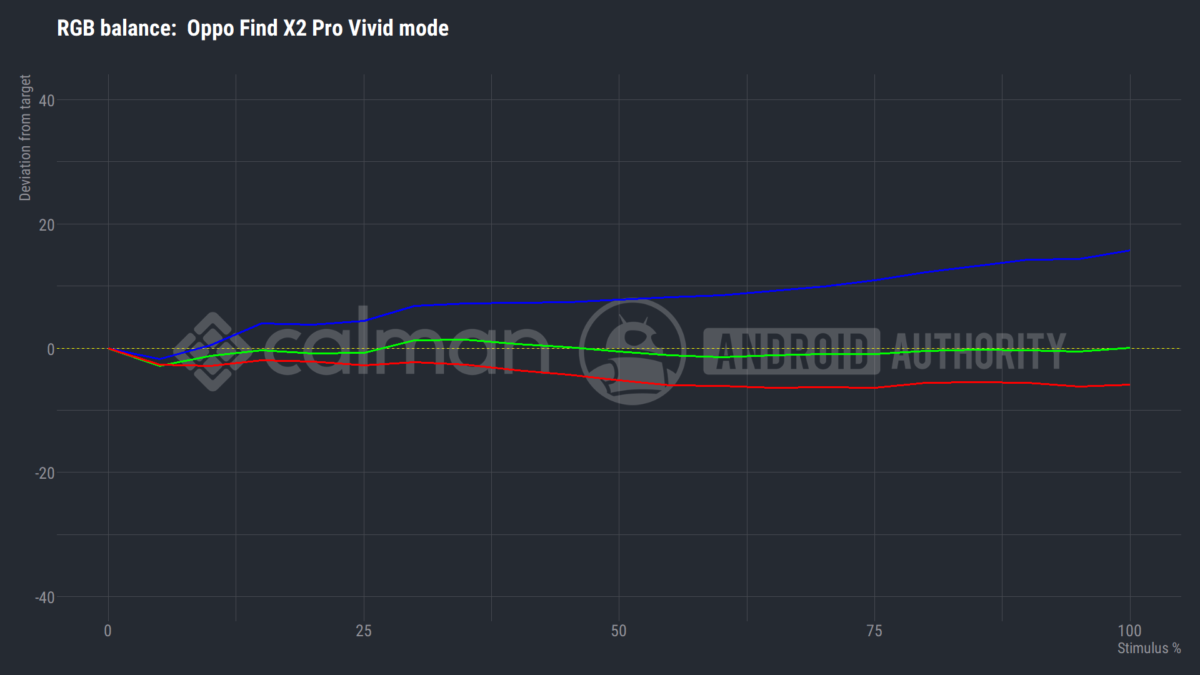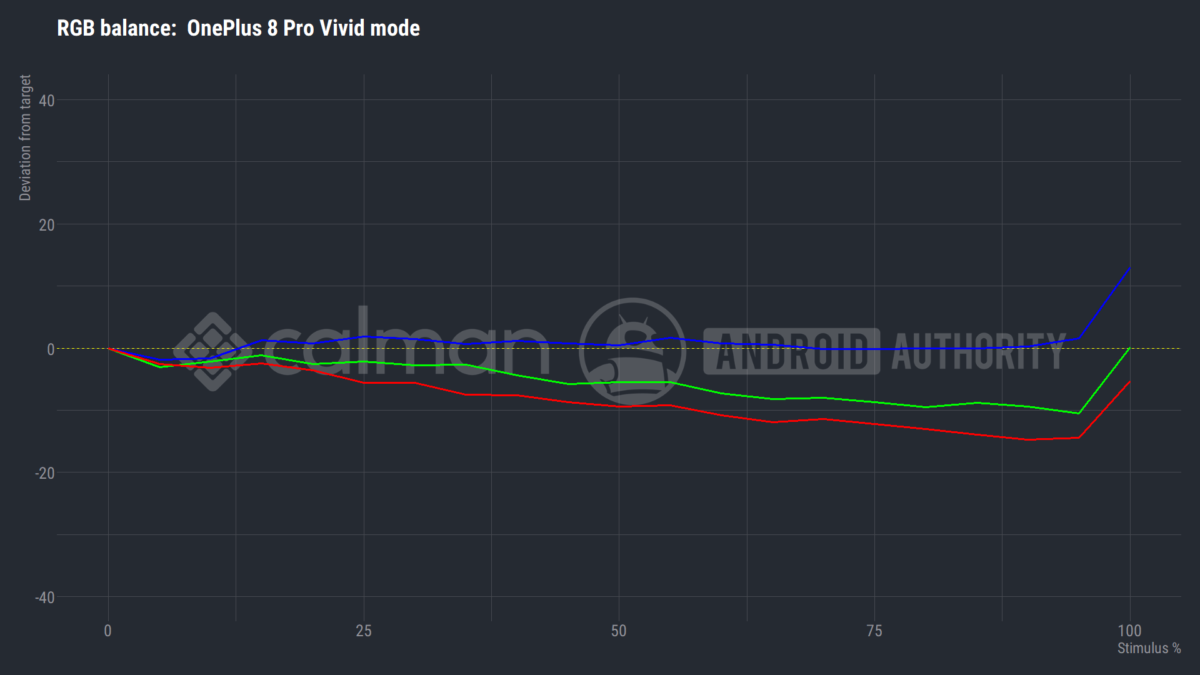
Credit: David Imel / Android Authority
Opinion post by
David Imel
There’s a half-joke, half-truth in the smartphone community that every major Oppo phone is a blueprint for the next OnePlus flagship. I say half-truth because while the designs of each company’s flagships aren’t often 1:1, Oppo and OnePlus clearly share components and a supply chain. Their phones will often sport the same screen, same cameras, and ultimately, the same design ethos. This is due to both companies being connected to BBK Electronics, as much as neither company would like to admit it.
So when I reviewed the Oppo Find X2 Pro, I immediately got excited for the OnePlus 8 Pro. The Find X2 Pro had one of the best displays I’d ever used on a smartphone, wicked fast 65W charging, a fantastic custom Sony camera sensor, and even a prism optical telephoto camera. Combined with the beautiful orange vegan leather back, the Find X2 Pro quickly became one of my favorite devices of the year.
But then the OnePlus 8 Pro launched, and while it is a great device in its own right, I couldn’t help but feel a little let down.
Screen serenity
The Oppo Find X2 Pro and OnePlus 8 Pro technically use the same display. They use the same panel, at the same resolution, with the same punch-hole cutout for the selfie camera, and the same 120Hz refresh rate. So naturally, you would think they would be the same quality. Unfortunately, that’s not quite the case.
Oppo spent a huge amount of time and research calibrating the display for the Find X2 Pro. It was a big focus for the device, apparent ever since I visited the company for its Innovation Day in Shenzhen late last year. In some closed-door discussions, Oppo showed off a huge pool of user data suggesting display quality is one of the top priorities for most consumers choosing a smartphone. While this data took me by surprise, my consistent appreciation for the color tuning on the Find X2 Pro has helped me come to terms with the results of the study.
- Oppo Find X2 Pro Default mode
- OnePlus 8 Pro Default mode
Unfortunately, OnePlus did not tune the OnePlus 8 Pro in the same way, even though it used the same panel. In my testing, I found that Oppo tuned its panel much cooler than the OnePlus 8 Pro, but still maintained a more accurate color balance in the reds and greens. This led to a panel that looks very accurate but has a cool touch to it. I personally love the look, and while it’s certainly a personal preference, I imagine Oppo’s user research suggested most other people liked this tuning, too.
Related: OnePlus 8 Pro vs Samsung Galaxy S20 Plus: Raising the bar
While I can obviously quantify this tuning with color, it’s hard to express why I like the screen so much in day-to-day use. Maybe it’s because I’m not used to seeing a panel tuned this way, but it just feels more subtle. It’s more of a soft subdued look. And while most displays are trying to pop off the screen with bright punchy colors, it’s a breath of fresh air to have something more natural.
Otherwise, the OnePlus 8 Pro also continues to have issues with edge detection, registering ghost touches while simply holding the phone. The Oppo Find X2 Pro doesn’t have these issues, even though the devices use the same screen. It’s perplexing, to say the least.
Optical excellence
Credit: David Imel / Android Authority
Another clear sign that OnePlus and Oppo share the same supply chain is the use of the Sony IMX 689 camera sensor. When Oppo first unveiled the Find X2 Pro, it mentioned that it had worked with Sony to create this sensor specifically for that device. And the results were fantastic. The sensor produced some of the best white balance we’ve seen on a smartphone, alongside super sharp images with great light intake due to its size. Then OnePlus put the same sensor in the OnePlus 8 Pro, and I was hyped all over again.
While that main sensor is great, OnePlus didn’t use the same array as Oppo on the rest of the phone. Oppo had a main, wide, and prism-based optical telephoto sensor (5x zoom), something I appreciated as a fan of folded optical telephoto cameras. OnePlus opted for a main, ultra-wide, lesser telephoto lens (3x zoom), and Color Filter sensor. My guess as to why OnePlus did this is cost. Prism lenses are expensive, and the OnePlus 8 Pro is quite a bit cheaper than the Oppo Find X2 Pro, even at $900.
Quick camera shootout: Samsung Galaxy S20 Ultra vs Oppo Find X2 Pro
But the fact remains that prism-based optical telephoto cameras produce quality that is incredibly hard to find in most phones. Because they are optical and aren’t using any cropping to achieve a desired focal length, images come out much sharper, with better detail. And honestly, I’m just a nerd for these kinds of things.
The color filter camera OnePlus slapped on the OnePlus 8 Pro feels like it was made to be another sensor on a spec sheet, and ultimately, a massive afterthought. It even got disabled in some regions due to its ability to see through some objects. OnePlus is in the awkward position of needing to bring perceived value to its fanbase while not stepping on Oppo’s toes, and it likely thought adding another sensor was a way to get around that. But when the sensor is this useless, I’d much have preferred OnePlus just cut the price a little further and ignore the color filter camera altogether. I can understand from a business perspective why they couldn’t use a prism-based optical telephoto camera, but I can’t say I wasn’t bummed out when the actual design was unveiled.
Charged in a flash
Credit: David Imel / Android Authority
The Oppo Find X2 Pro surprised me when it introduced 65W rapid charging. This charging is so fast, it can juice the phone from zero to 100% in less than half an hour. That’s quick enough that I can stop by my apartment, freshen up, and leave with 100% battery almost every time. I love it.
On the contrary, OnePlus uses 30W Warp Charge. And look, I can’t complain much about OnePlus’ implementation. 30W is still a much faster rate than most phones charge at. Even Samsung’s best and brightest charges at a rate of 25W out of the box. But OnePlus has been on this speed for a long time now, with the feature first being introduced in the OnePlus 6T McLaren Edition. While that phone launched less than two years ago, it’s also four generations old. OnePlus did slightly increase charging times with a move to Warp Charge 30T, which does conversion in the brick itself instead of the phone, but it’s still not nearly as fast as the Oppo Find X2 Pro, which just screams gadget. But it’s not just novelty. It’s actually useful.
Read more: How fast is OnePlus’ Warp Charge 30 Wireless?
To make things even weirder, OnePlus’ charging tech is actually Oppo’s, which licenses out VOOC to OnePlus to re-brand under its own name. Considering 65W charging is a flagship feature of the Oppo Find X2 Pro though, I can’t necessarily blame the company for keeping it to itself for at least one generation.
There is one area in the charging game where OnePlus pulls ahead, and that’s wireless charging. OnePlus was able to cram 30W wireless charging into the OnePlus 8 Pro, which is miles better than almost all the competition. Considering I use wireless charging as my primary charging method now due to its convenience, this would have been amazing to have in the Find X2 Pro.
Design dilemma
And finally, it’s hard to overstate how wonderful the design of the Oppo Find X2 Pro is. The orange vegan leather back just pops off the phone. It feels so unique in a sea of glass backed-rectangles. This is obviously a subjective opinion, but I would love for OnePlus to go a little bolder with its designs. While the color options on the OnePlus 8 Pro are great in their own right, it felt a little lackluster after seeing the bold materials Oppo went with.
Even Oppo’s ceramic Find X2 Pro is an interesting material option. Both ceramic and vegan leather are sturdier than glass, look great, and would have worked fine with OnePlus’ 30W wireless charging. It seems a bit strange that OnePlus made its initial debut with the Sandstone-outfitted OnePlus one, but has stuck with conventional materials since then. Let’s see some bold new materials.
Oppo Find X2 Pro
The brilliant 120Hz display, great cameras, and 65W charging make the Oppo Find X2 Pro one of the phones to beat in 2020. But you’ll have to pay for it.
OnePlus 8 Pro Killer flagship
OnePlus is all grown up. With the OnePlus 8 Pro, you get an unabashed flagship, with all the bells and whistles. Powerful specs, an amazing display, fast wireless charging, and water resistance make the OnePlus 8 Pro a great alternative to the Galaxy S20 Plus, and it’s up to $300 cheaper.
Clearly, it wouldn’t have been feasible to make the OnePlus 8 Pro a carbon copy of the Oppo Find X2 Pro. OnePlus is still charging hundreds of dollars less, and those costs have to be cut somewhere. But with how great the Find X2 Pro is in almost every aspect, I can’t say I’m not just a little disappointed.
What do you think? Would you have liked to see OnePlus go bolder with the design of the OnePlus 8 Pro?

Introvert. Beer guru. Communicator. Travel fanatic. Web advocate. Certified alcohol geek. Tv buff. Subtly charming internet aficionado.



